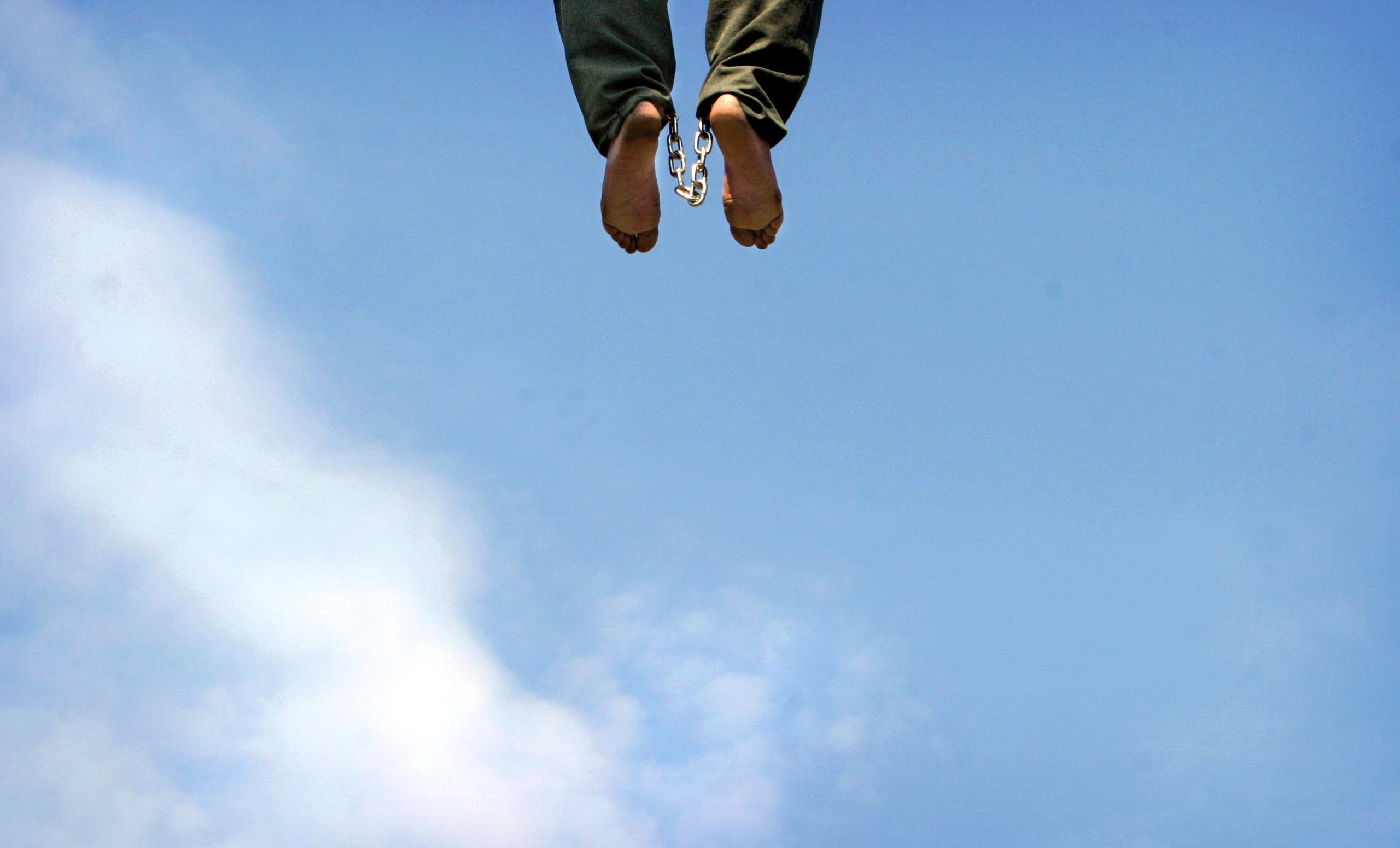ANALYSIS: #IRGC bypass sanctions through Rouhani's 'smile diplomacy'
https://english.alarabiya.net/features/2017/08/09/IRGC-bypass-sanctions-through-President-Rouhani-s-smile-diplomacy.html
This week marks the beginning of Hassan Rouhani’s second presidential term, which is vital for the existence of the ruling theocracy in Iran.
In his inauguration speech, Rouhani described his plans to have high level relationships with world. However after the speech, Supreme Leader Ali Khamenei called for standing against America.
At first glance, there seems to be a significant conflict of priority, but in reality this is just a political deception directed by these two clerics.
On the face of it, president Rouhani claims that he is pursuing a detente policy with US and Arab countries. However, in reality, his government allocates billions of dollars, which was gained from the nuclear deal, towards the Islamic Revolutionary Guard Corps (IRGC) and its ballistic missile program development.
Rohani’s actions reminds one of the English proverb, “Do as I say, not as I Do”.
The experience over the span of almost four decades has shown clearly that there are no moderates within the clerical regime. The policies of the so-called reformists have consistently been based on abusing the international trust.
Politically, considering the growing debate about a US policy of regime change, it is safe to say that all regime factions are alarmed over the new, effective American sanctions on Tehran. Thus, Rouhani, as president, immediately met senior IRGC commanders to discuss the crisis and hammer out solutions.
The IRGC dominates Iran’s economy and plays a key role in Tehran’s destabilizing activities, support for terrorism and domestic crackdown. That is why any action aimed weakening it will leave the regime in a perilous condition and facing an existential threat.
Consequently, when President Trump signed the “mother of all sanctions” into law, which effectively opened new doors to end the clerical rule in Iran, Tehran’s deputy foreign minister, Abbas Araghchi, announced that Rouhani’s government will increase its backing of the IRGC and its Quds Force.
In international relations, a president or a head of government is known as the official representative of a country while voices of parallel institutions are not taken as the official policy.
In the case of Iran, contrary to existing facts, public opinion sees a ‘smile diplomacy’ from president Rouhani, which is appropriate to divert attention from the quagmire his regime is stuck in.
Unfortunately, some EU governments still insist on pursuing a clearly outdated policy on Iran in hopes of lucrative economic relations. They choose to close their eyes on realities and ignore facts on the ground for the purpose of appeasing the clerical regime.
Overall, Iran’s smile policy has specific purposes, buying time and bypassing sanctions through deception.
In this regard, the Iranian opposition coalition, the National Council of Resistance of Iran (NCRI) welcomed the legislation imposing new sanctions against the mullahs and called for this law to be implemented immediately, meticulously and without exception.
The NCRI went on in its statement to urge the EU and its member states to “join these sanctions.”
According to the Iranian people’s opinion in social media, a majority of them welcome the new US policy that targets the entirety of IRGC and its ability to wage war on the Iranian society and the region.
Consequently, the US should ask its allies in the EU to join these efforts and impose similar sanctions.
EU governments should notice that the Islamic Republic’s Supreme Leader, Khamenei, who has the ultimate say on all foreign and domestic issues, and the president, Hasan Rouhani, both agree on the IRGC’s strategic role for the theocracy’s survival and the need to boost and strengthen its abilities both at home and abroad.


 The 1988 massacre of over 30,000 political prisoners in Iran
The 1988 massacre of over 30,000 political prisoners in Iran
